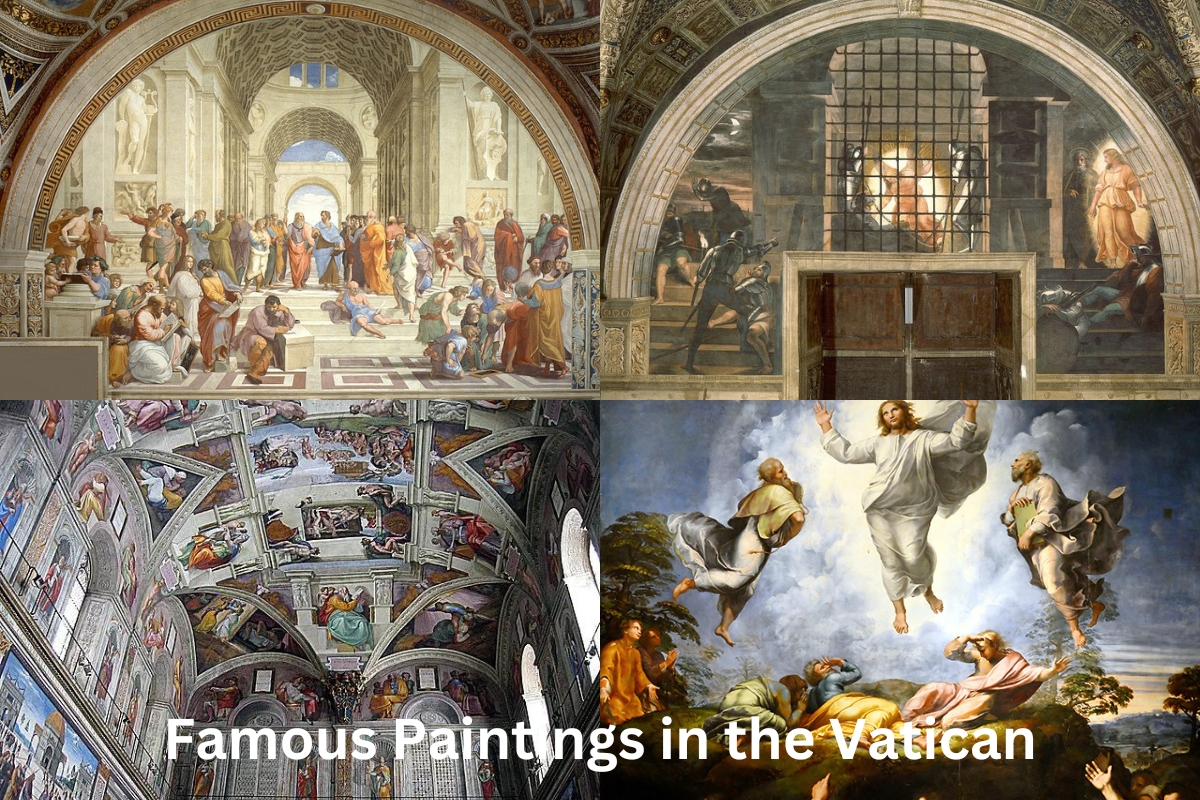The Vatican Museums are the only museums in Vatican City that are open to the general public.
They display works from the enormous collection that was accumulated by the Catholic Church and the papacy over the course of the ages, including several of the most well-known Roman sculptures and most important masterpieces of Renaissance art in the world.
The museums have over 70,000 items, only 20,000 of which are on exhibit; at the moment, 640 people are employed there, and they are split up among 40 distinct administrative, scholarly, and restoration departments.
Also Read: Museums in Rome
In the early 16th century, Pope Julius II was responsible for the establishment of the museums.
Along the path that tourists take through the Vatican Museums, they will see both the Stanze di Raffaello, which was adorned by Raphael, and the Sistine Chapel, which was decorated by Michelangelo on the ceiling and the altar wall.
Famous Paintings in the Vatican
1. The School of Athens – Raphael
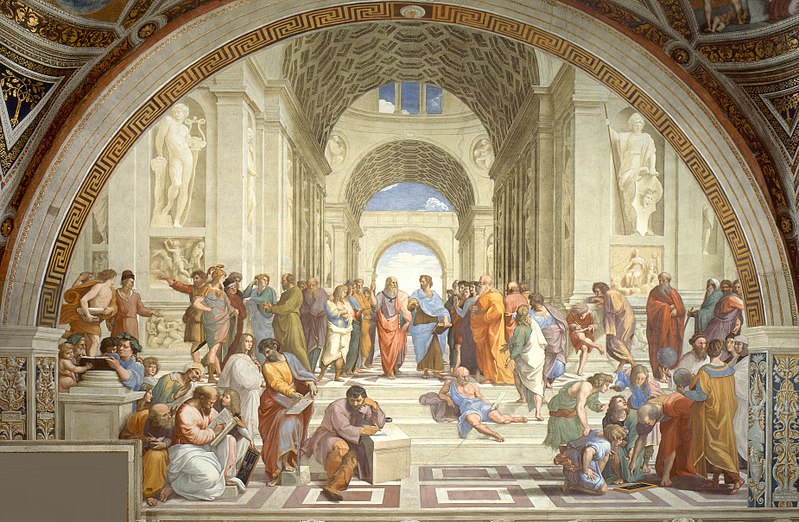
Raphael’s fresco The School of Athens is a painting that was completed between 1509 and 1511 and is currently shown in the Apostolic Palace in the Vatican.
This piece of art depicts virtually every significant thinker to come out of ancient Greece.
A painting that was completed in the Stanza della Segnatura, which is found on the second level of the North Wing of the Vatican Palace.
Also Read: Paintings in Italy
There are four large frescoes in the chamber; the others show the four pillars of human knowledge: the School of Athens, Justice, Philosophy, and Poetry. This is one of the frescoes in the room.
The composition is mostly dependent on perspective, with the emphasis falling on Plato, who is located on the left, and Aristotle, who is located on the right.
The picture contains a total of fifty characters, with twenty-five depicting Plato and twenty-five depicting Aristotle. The figures on the left represent Plato, and the figures on the right represent Aristotle.
2. Transfiguration – Raphael
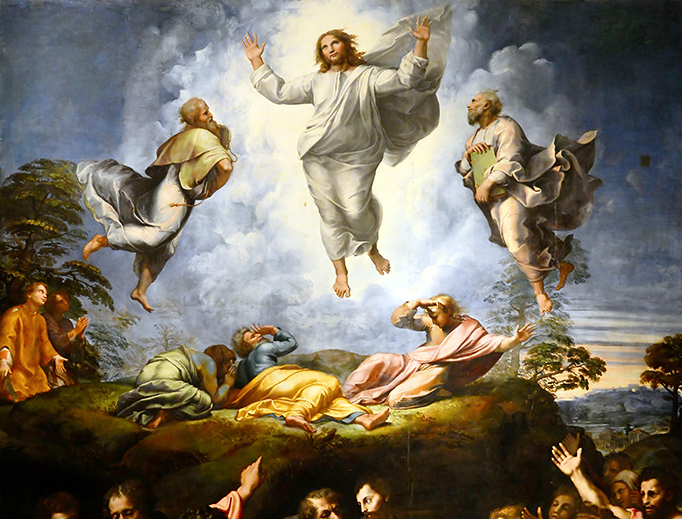
Raphael’s final painting, titled “The Transfiguration,” is a magnificent work that exemplifies the Italian High Renaissance.
Raphael worked on an altarpiece for the French cathedral of Narbonne until the year 1520, the year he passed away. The altarpiece was being created at the behest of Cardinal Giulio de Medici, who would later become Pope Clement VII (1523–1534).
This masterwork in the Renaissance style brilliantly conveys the primary concept of the painting, which is to demonstrate how the life and teachings of Christ impacted humankind.
This piece of artwork is aesthetically exciting and captivating thanks to the juxtaposition of warm and chilly tones throughout.
Because it was painted in the classic fresco technique, there is not a lot of depth or shade in The Transfiguration. This is because of the style. Raphael makes up for it with his vibrant depictions of individuals whose lives have been transformed by the message that Christ sent.
In 1815, following the defeat of Napoleon Bonaparte, envoys to Pope Pius VII, Antonio Canova, and Marino Marini were successful in having The Transfiguration, along with 66 other paintings, included as part of the Treaty of Paris.
The works were to be shown to the public in accordance with an agreement reached with the Congress of Vienna. The first location of the gallery was the Borgia Apartment, which is located in the Apostolic Palace.
The picture has been relocated multiple times within the Vatican, and it may presently be found in the Pinacoteca Vaticana.
3. Saint Jerome in the Wilderness – Leonardo da Vinci
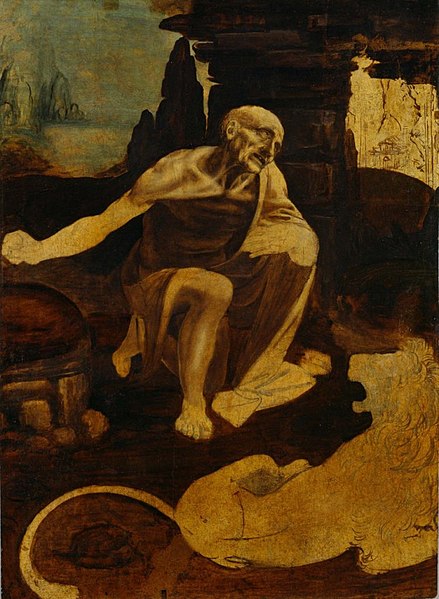
Leonardo da Vinci began painting Saint Jerome in the Wilderness in 1480–1490, but he never finished it.
Monochrome sketches of the painting’s composition can be seen on the prepared wooden panel. A date after Leonardo’s death, the panel was divided into five pieces and then reassembled (minus a very small triangle).
This piece, completed either in Leonardo’s final years in Florence or his early years in Milan, can be found in the Vatican Museums today.
4. Sistine Chapel Ceiling – Michelangelo
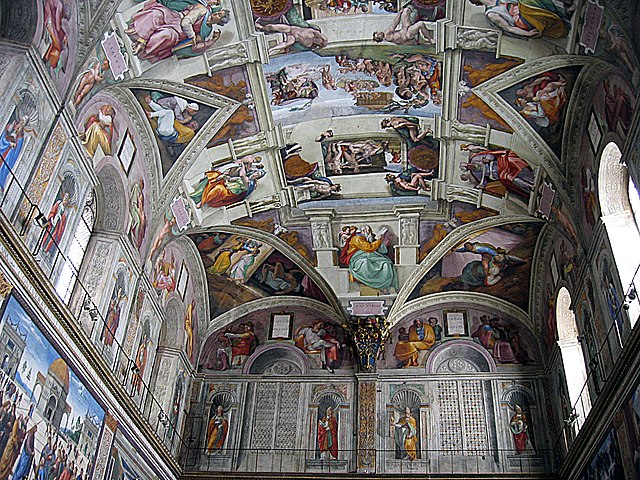
Although the entirety of the Sistine Chapel ceiling is more spectacular, Michelangelo’s The Creation of Adam, the chapel’s centerpiece, receives the most attention.
Between 1508 and 1502, Michelangelo painted the IVolta della Cappella Sistina (Sistine Chapel Ceiling). This masterwork represents the pinnacle of Renaissance achievement.
Julius II, Pope, commissioned the murals for the ceiling. The chapel is still used for papal conclaves and other ceremonies of great importance.
The nine scenes represented therein are all derived from the Book of Genesis, with the most well-known being Adam’s creation.
The intricate design includes groups of both dressed and naked people, showcasing Michelangelo’s mastery of the human form in a range of stances and serving as an invaluable source of inspiration for artists ever since.
Michelangelo finished the massive painting by laying flat on his back on a scaffolding he had placed beneath the ceiling.
5. Martyrdom of St. Erasmus – Nicolas Poussin
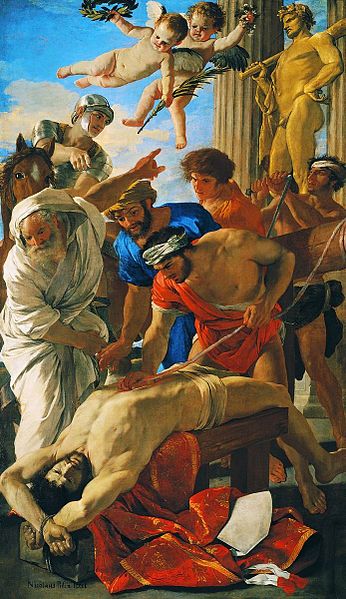
Commissioned for Rome’s St. Peter’s Basilica, Nicolas Poussin’s The Martyrdom of Saint Erasmus was completed in 1628–1629.
On February 5, 1628, the Fabric of Saint Peter(institution of the Roman Catholic Church that is responsible for the upkeep and preservation of St. Peter’s Basilica) commissioned the painting to decorate the altar in St. Peter’s Basilica that was dedicated to Erasmus of Formia.
There are two known preliminary drawings, one housed in Milan’s Biblioteca Ambrosiana and the other in Florence’s Uffizi Gallery’s Gabinetto dei Disegni e delle Stampe. The resulting modello is now on display at Ottawa’s National Gallery of Canada.
Only this altarpiece panel, to which Poussin appended his signature, survives from the artist’s period and may be seen in a public building in the city.
Before 1763, the artwork was moved to the Quirinal Palace. French soldiers took it in 1797 and kept it at the Louvre until 1817. That’s when it was given back to the Vatican Museums, where it has remained ever since.
6. The Entombment of Christ – Caravaggio
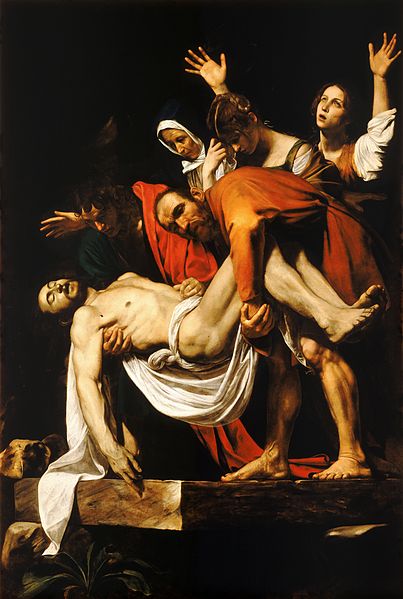
The Entombment of Christ by Caravaggio was painted between 1603 and 1604 for the second chapel on the right of Santa Maria in Vallicella, which was a church built for the Oratory of Saint Philip Neri.
It is widely considered to be one of the most revered altarpieces ever made.
A reproduction of the artwork can be found in the chapel at this time, while the original is kept in the Pinacoteca Vaticana. The work was imitated by a variety of artists, including Rubens, Fragonard, Géricault, and Cézanne, amongst others.
In 1797, the painting was transported to Paris to be displayed in the Musée Napoléon. In 1816, the artwork was brought back to Rome and hung in the Vatican.
7. Aldobrandini Wedding
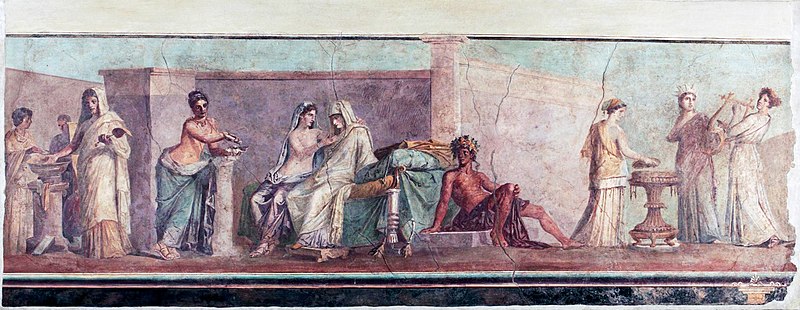
The so-called “Aldobrandini Wedding” fresco, also known as “Nozze Aldobrandini,” is an influential Ancient Roman painting that dates back to the second half of the first century BC and is currently on display in the Vatican Museum.
It displays a wedding accompanied with a number of figures from other mythologies.
In the vicinity of the Arch of Gallienus on the Esquiline Hill, the fresco was unearthed about the year 1600 from the masonry of a home. It was purchased by the Vatican in 1818 after having been owned by the Aldobrandini family up until that year.
This was one of the few and most influential paintings from the early Roman empire up to the 19th century.
It sparked a great deal of curiosity and scholarship, including prints by Pietro Santi Bartoli (1635–1700) and the attention of Winckelmann, Karl Bottiger, and others.
The scene can be interpreted in a variety of complex ways, each of which has their advocates.
8. Oddi Altarpiece – Raphael
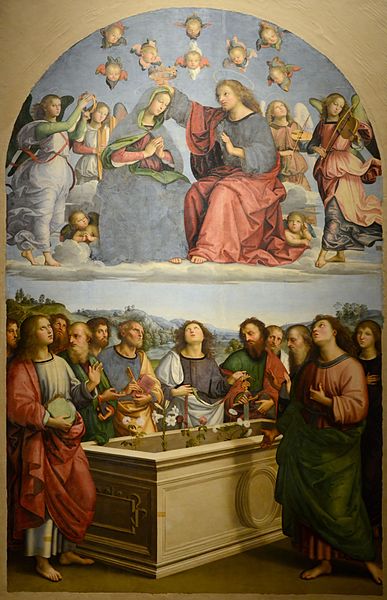
Raphael painted the Oddi altarpiece, also known as the degli Oddi altarpiece, between 1502 and 1504 for the altar of the Oddi family chapel in the church of San Francesco al Prato in Perugia, Italy. The Oddi altarpiece is now housed in the Vatican Pinacoteca.
The altarpiece was commissioned for the Oddi family chapel in San Francesco al Prato in Perugia.
It was moved to Paris in 1797 (for the Musée Napoleon), and in 1815 it was brought back to Italy; however, it was not carried back to Perugia; rather, it was brought to the Vatican Pinacoteca in Rome.
Leandra Baglioni, who was Simone degli Oddi’s widow, was the one who gave the commission for the altarpiece.
9. Deliverance of Saint Peter – Raphael
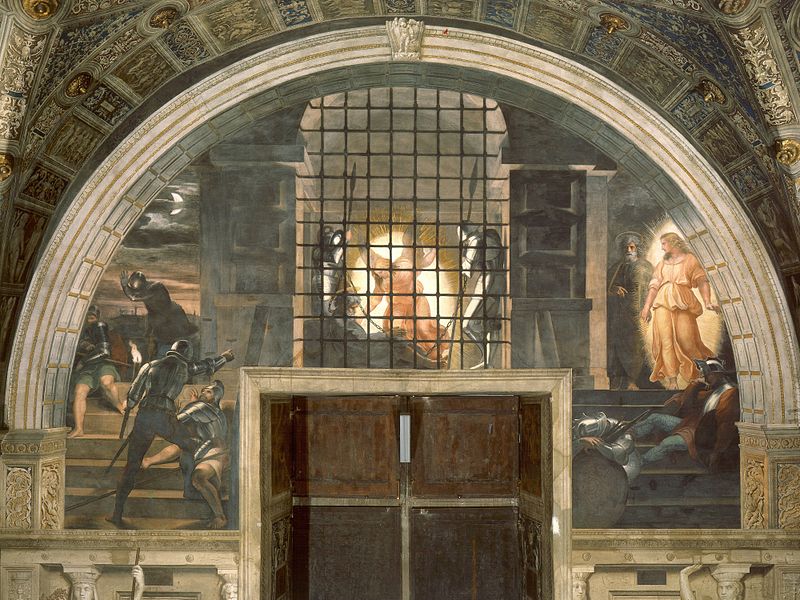
Raphael’s The Liberation of Saint Peter is a fresco painting from the High Renaissance period in Italy.
It was painted in 1514 as part of Raphael’s mandate to fresco the chambers now known as the Stanze di Raffaello in the Vatican’s Apostolic Palace.
It’s in the Stanza di Eliodoro, which is called after The Expulsion of Heliodorus from the Temple. The painting depicts how an angel delivered Saint Peter from Herod’s jail, as related in Acts 12. It is, in fact, an overdoor.
The fresco depicts three scenes that are symmetrically balanced by the simulated building and staircases. The angel wakes Peter in the middle and takes him past the sleeping guards on the right.
On the left side, one guard appears to have spotted the angel’s light and awakens a buddy, pointing up to the wonderfully illuminated cell. This adds drama to Peter’s calm escape to the right.
10. Stefaneschi Triptych – Giotto
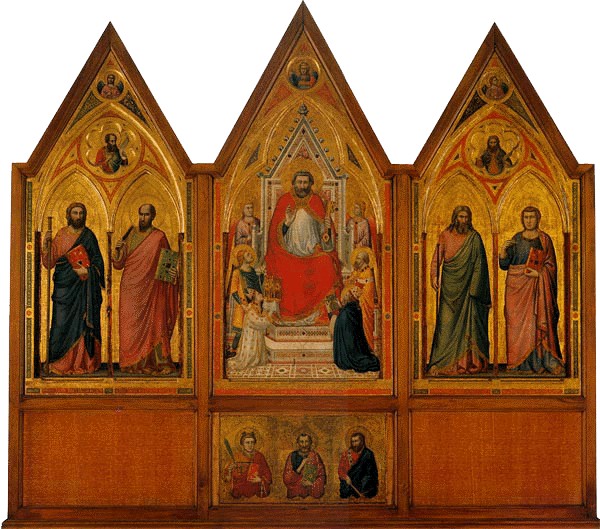
The Stefaneschi Altarpiece is a triptych painted by the Italian artist Giotto (about 1267 – 1337). It was commissioned by Cardinal Giacomo Gaetani Stefaneschi to serve as an altarpiece for one of the altars of the Old St. Peter’s Basilica in Rome. Giotto painted the triptych between 1267 and 1337.
It is currently housed in the Vatican Pinacoteca in Rome.
It is a rare example in Giotto’s body of work of a documented commission, and it includes Giotto’s signature, despite the fact that the date, like most dates for Giotto, is disputed, and many academics believe that the artist’s workshop was responsible for the execution of the work. Giotto’s workshop is credited with the creation of the work.
It was widely believed that it was crafted for the church’s main altar; however, more recent research reveals that it was placed on the “canon’s altar,” which was situated in the nave, immediately to the left of the enormous arched doorway into the transept.
The altar was a freestanding structure, and the altarpiece was painted on both sides so that it could be viewed in its entirety from either the front or the back of the church by the canons.
11. The Fire in the Borgo – Raphael
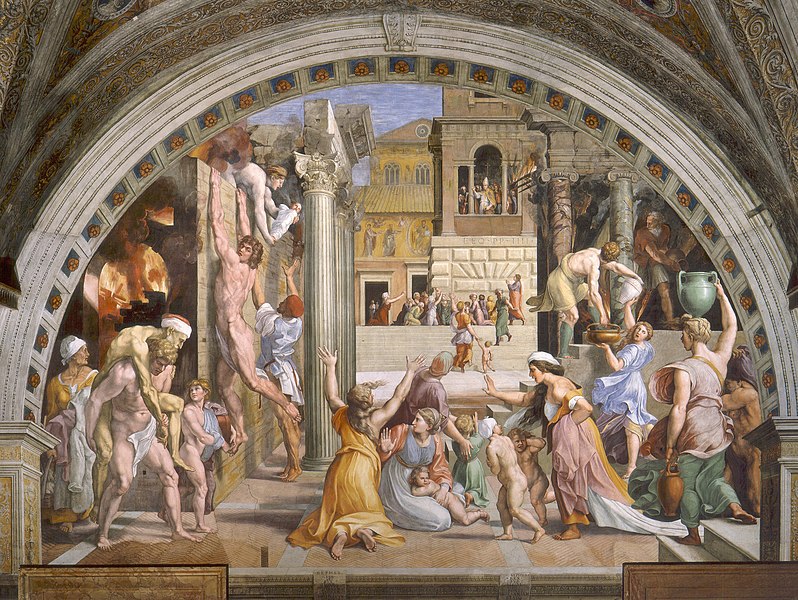
The Fire in the Borgo is a picture that was produced in the workshop of the Italian Renaissance artist Raphael between the years 1514 and 1517. It is known as the “Fire in the Borgo.”
Even while it is generally accepted that Raphael was the one who designed the intricate composition, it is believed that his aide Giulio Romano was the one who actually painted the fresco.
Raphael was commissioned to adorn the chambers that are today known as the Stanze di Raffaello, which are located in the Apostolic Palace in the Vatican. The picture was a part of that commission.
It represents Pope Leo IV reciting a blessing from a balcony in front of the Old St. Peter’s Basilica in 847 in order to put out a fire that was raging inside the church.
12. The Mass at Bolsena – Raphael
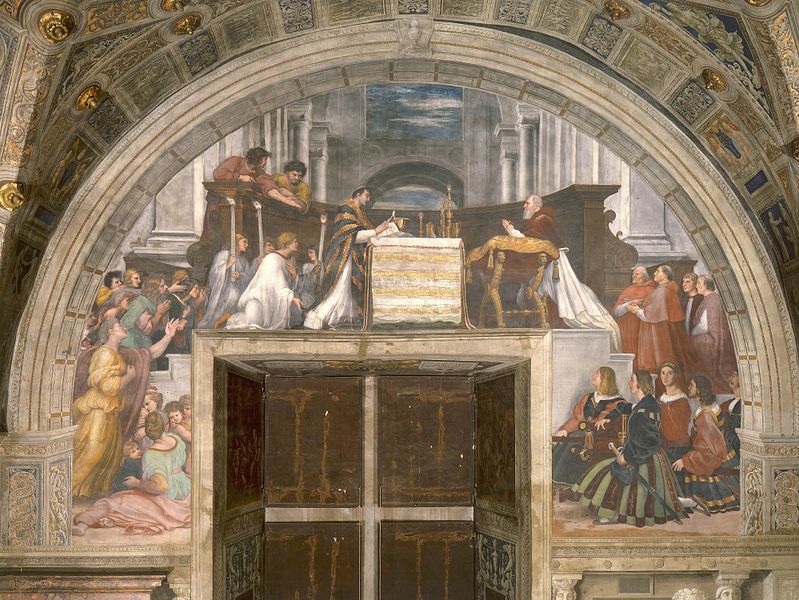
Raphael, an Italian Renaissance painter, is responsible for the artwork titled “The Mass at Bolsena.” Raphael was commissioned to adorn with paintings the rooms of the Apostolic Palace at the Vatican that are now known as the Raphael Rooms.
This painting was completed between the years 1512 and 1514 as part of Raphael’s work on the project.
It may be found in the Stanza di Eliodoro, which derives its name from the mythical story of “The Expulsion of Heliodorus from the Temple.”
Raphael, the painter, included a self-portrait of himself in this work. It depicts him as a member of the Swiss Guard in the lower right corner of the fresco.
He has his hair bound up and is facing outward. Raphael is known to have included himself in a number of his works of art, and this is one of those occasions.
In addition, Pope Julius II (1443–1513), who is depicted kneeling at the right, and his daughter Felice della Rovere, who is depicted standing in profile at the foot of the steps on the left while wearing black clothing, are represented in the painting.
13. Madonna of Foligno – Raphael
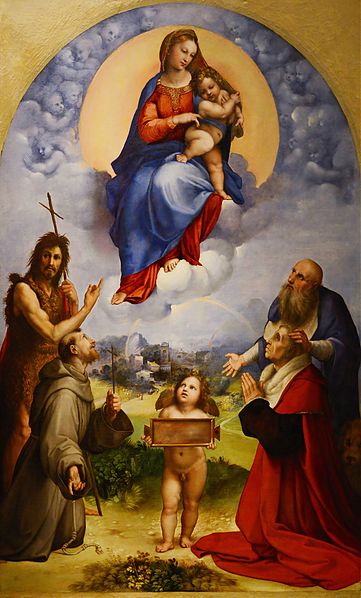
An example of Italian High Renaissance art, The Madonna of Foligno dates to around 1511–1512 and was painted by Raphael. It was painted on a wood panel at first and then transferred to canvas.
The chamberlain to Pope Julius II, Sigismondo de’ Conti, commissioned the picture. Santa Maria in Aracoeli, located on Rome’s Capitoline Hill, is the church where Sigismondo was laid to rest in 1512.
Sigismondi de’ Conti’s descendant Anna Conti relocated it to the St. Anne convent in Foligno in 1565, where it remained for over two centuries, earning the name.
The picture was one of many that Napoleon had shipped to Paris in 1799. François-Toussaint Hacquin transferred the picture from panel to canvas in 1802, and Mathias Barthélémy Röser of Heidelberg restored it.
After Waterloo, in 1815, the picture was sent back to the Papal States and given to the Vatican Museum’s Pinacoteca Vaticana. A copy of Raphael’s The Transfiguration hung nearby.

